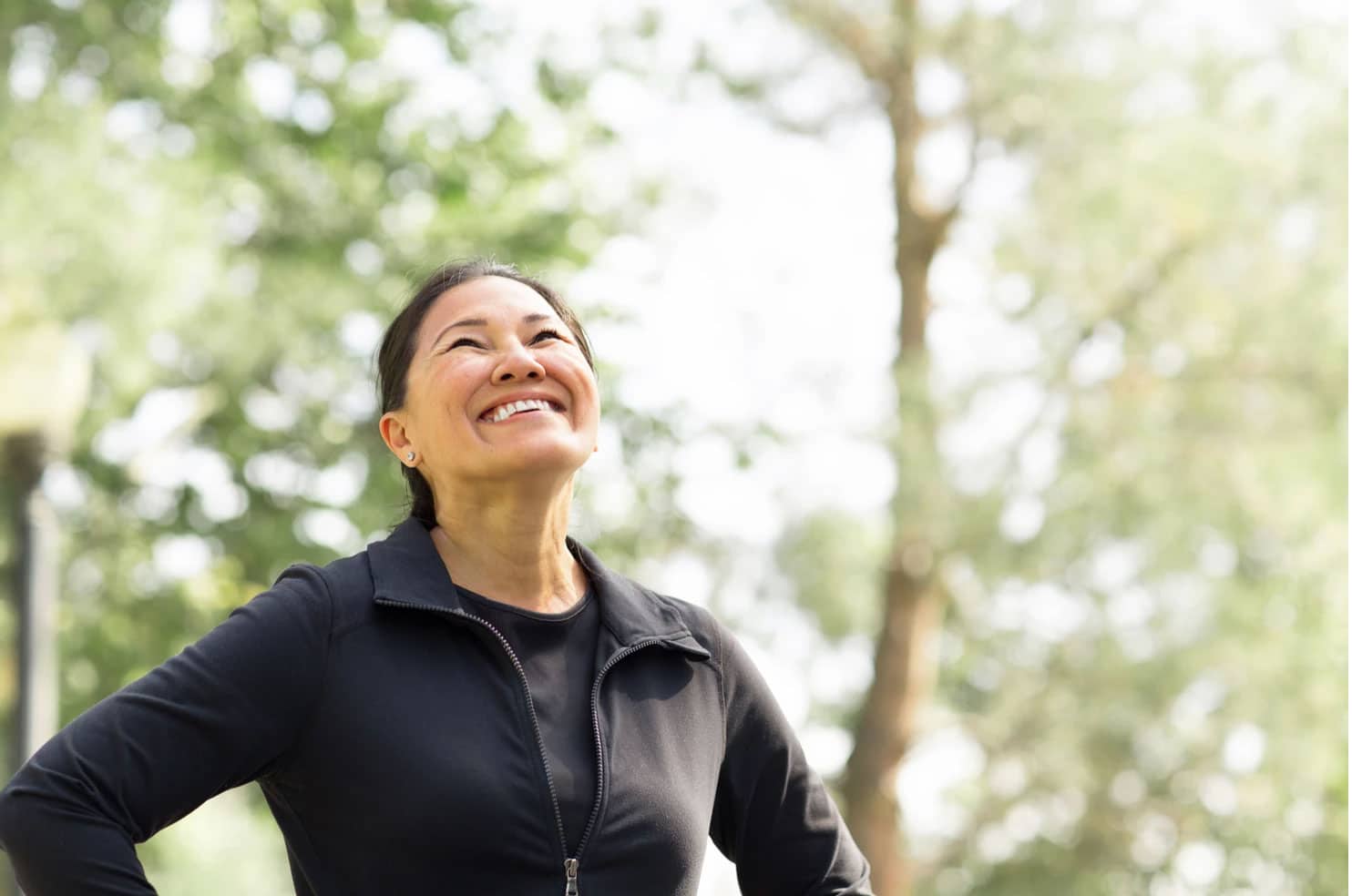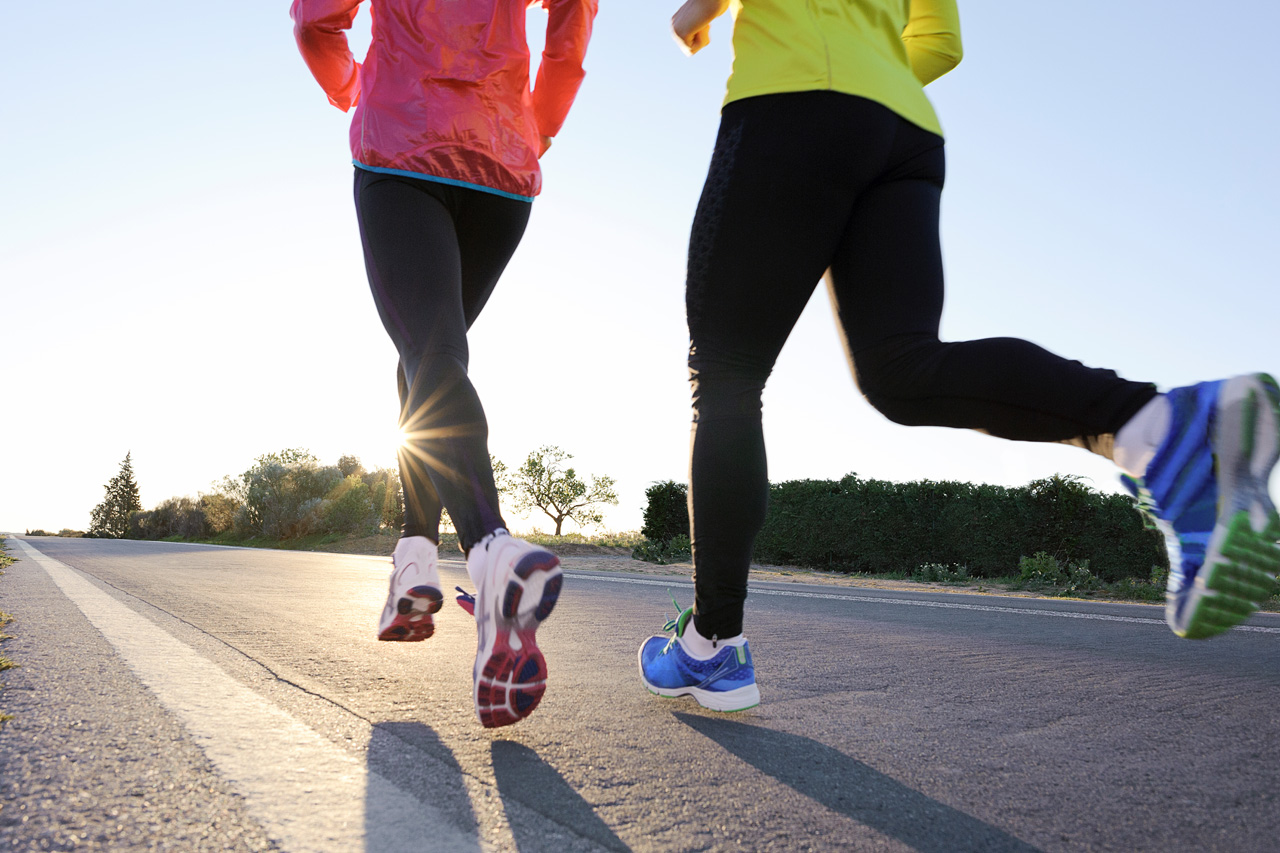
Breathing Mechanics and Physiology: Why Better Breathing Means Better Health
We breathe over 20,000 times a day, yet most of us don’t think twice about it. But if you struggle with chronic pain, fatigue, stress,

Have you ever sprained your ankle?
Or strained a muscle? Calf? Quad? Hamstring?
What was the first thing you did?
Likely it involved some form of PRICE or RICE:
P Protection
R Rest
I Ice
C Compression
E Elevation
When it comes to acute soft tissue injuries (ligament sprains, muscle strains) most people think of ice, compression and elevation.
Ice for up to the first 24-72 hours they would say.
There are many differing opinions on how long to ice for.
Just within the first 72 hours, and some beyond as long as there was swelling and inflammation.
Some form of RICE or PRICE may be best for acute injury management, but the evidence is limited when it comes to subacute and chronic conditions.
The use of heat therapy is actually contraindicated for acute injuries as applying heat to a swollen area will often make the swelling worse.
Heat is most beneficial after those first 72 hours and more often for tight and stiff muscles. Applying heat increases blood flow, assisting in the relaxation of the muscle tension and spasm.
So what’s the latest?
The newest research is supporting PEACE and LOVE
With an acute or initial injury you first want to unload/restrict movement for up to the first 3 days to minimise further soft tissue injury (further stretching injured fibres) and reduce risk of aggravating things.
This is a stage of relative rest – guided by pain to gradually load the area. Prolonged rest should be avoided as it can lead to compromised tissue strength and quality.
Unloading or restricting movement may involve taping an ankle after an ankle sprain. It does not mean not walking for the first 3 days, even though you may want to limit your time/distance walking.

You want to elevate the limb above the level of the heart to help fluid move out of the injured area. Elevation is still a key recommendation, although lacks much supporting evidence.

Inflammation is a normal response to tissue injury and is an essential part of the healing process, assisting with tissue regeneration. By taking anti-inflammatory medications you may in fact impair the healing process.
The use of ice has come into question more, particularly as it too can disrupt the inflammatory process, in addition to regenerating new blood vessels and restoring blood flow to the area. The suggestion is that ice may even lead to impaired tissue regeneration.
The fact that ice has long been the go-to treatment for an acute injury makes it a hard one to move away from, particularly as ice can also be used to manage pain from acute injuries.
Our suggestion is that ice should be used sparingly, particularly after the first couple days from the onset of injury.

Applying external pressure to the site of injury with taping or bandages can help limit swelling with the joints and tissue bleeding. While there are many conflicting studies, the use of compression seems to help manage swelling and improve comfort levels after ankle sprains.
Receiving proper education (such as from a Physiotherapist) on the benefits of an active approach to recovery is essential.
Bed rest or “staying off it” are not the recommended choices after the majority of acute soft tissue injuries. White passive modalities such as manual therapy or acupuncture may make one feel more comfortable, managing load in the initial stages may have a greater contribution to a speedy recovery. An over reliance on passive modalities has been suggested to lead to an increased likelihood of injections of surgery.

With soft tissue injuries the initial inflammatory phase can last anywhere from 1-7 days.
Once they have been given some “PEACE”, they will need some “LOVE”!
Normal activities should be resumed as soon as one’s symptoms allow. By applying mechanical stress to the injury tissues will help promote tissue repair and remodeling, increasing tissue tolerance and capacity of tenons, muscles, ligaments. This is best done through an active approach.

The brain can play a key role in facilitating rehabilitation and recovery. A positive outlook vs a negative perspective can make all the difference. Castrophisation, depression or fear act as barriers to one’s recovery, and have been thought to explain why symptoms and activity limitations vary after an ankle sprain despite similar pathophysiology.

Cardiovascular exercise should be a part of managing musculoskeletal injuries. Pain-free activity started after a few days from the injury can help increase blood flow to the injured structures and boost motivation to keep moving. While more research is needed on dosage, by getting moving early on in the injury process, there can be a greater return to full function and less need for pain medications.

There is a large body of evidence to support the use of exercise for treatment of soft tissue injuries and for reducing recurrent injuries. Exercises should always be graded according to degree of injury, phase of recovery and level of pain. Exercise can help restore mobility, strength and proprioception.

Any questions about PEACE and LOVE – send us a message!
van den Bekerom M. P. J, Struijs P. A. A, Blankevoort L, et al. What is the evidence for rest, ice, compression, and elevation therapy in the treatment of ankle sprains in adults. Journal of Athletic Training. 2012. (47) 435-43.
Bleakley C. M., Glasgow P., MacAuley, D. C. PRICE needs updating, should we call the police? British Journal of Sports Medicine. 2012; 46: 220-221.
Lewis, J., O’Sullivan P. Is it time to reframe how we care for people with non-traumatic musculoskeletal pain? British Journal of Sports Medicine. 2018; 25 June 2018.

We breathe over 20,000 times a day, yet most of us don’t think twice about it. But if you struggle with chronic pain, fatigue, stress,

From Melinda… For people who come to my classes and clients who have been seeing me for a while, may have heard some of the

Meet Susan Susan recently suffered a fall attempting to lift a 2.5kg bag of soil overhead in her garden shed when she felt her leg
Sign Up Below To Get Your Free RedoHealth Guide Now

By registering, you agree to receive SMS and email communications from RedoHealth. No spam guaranteed. Unsubscribe at anytime.